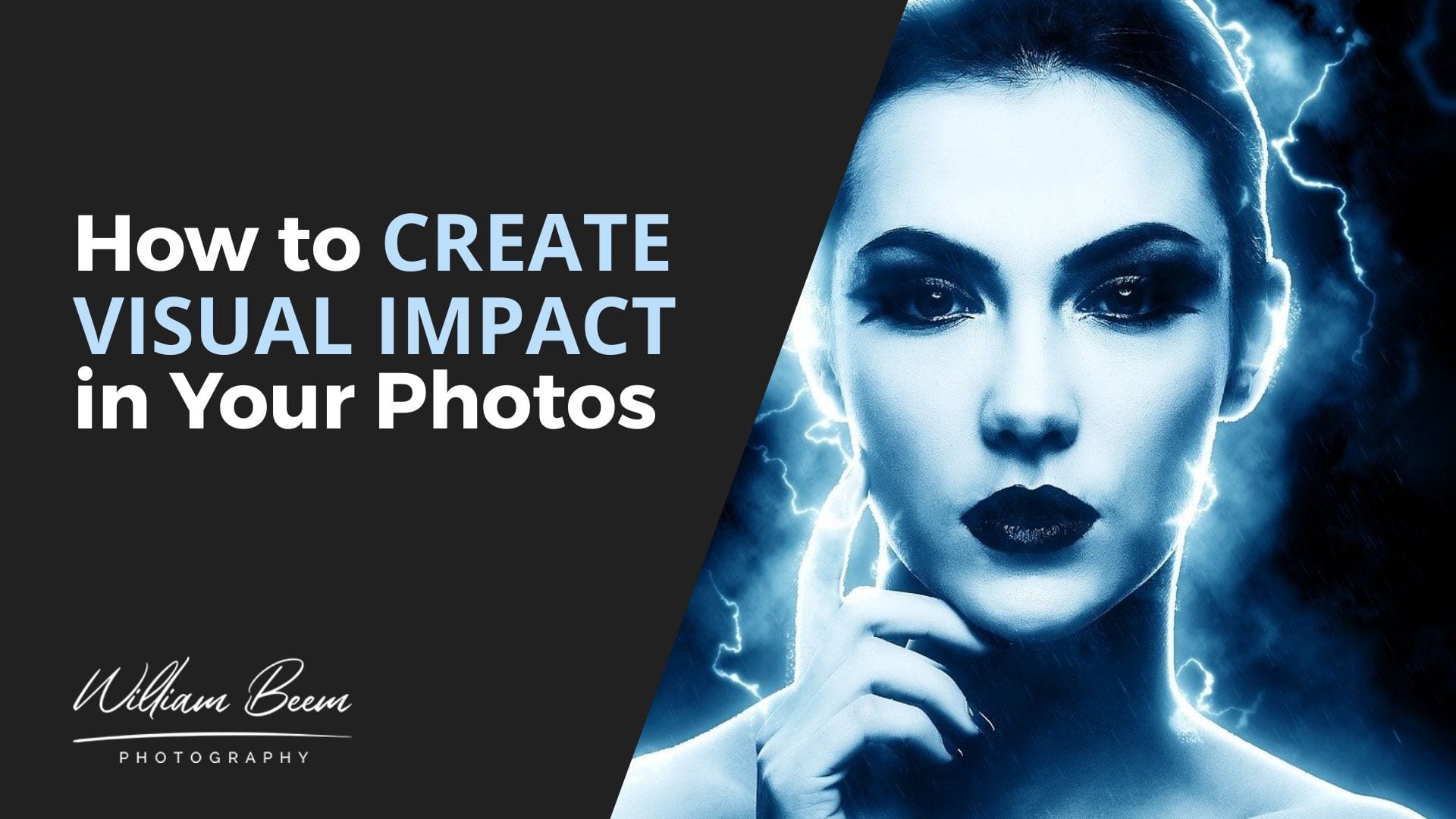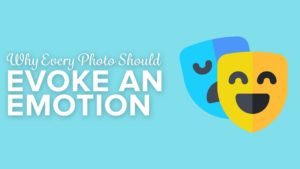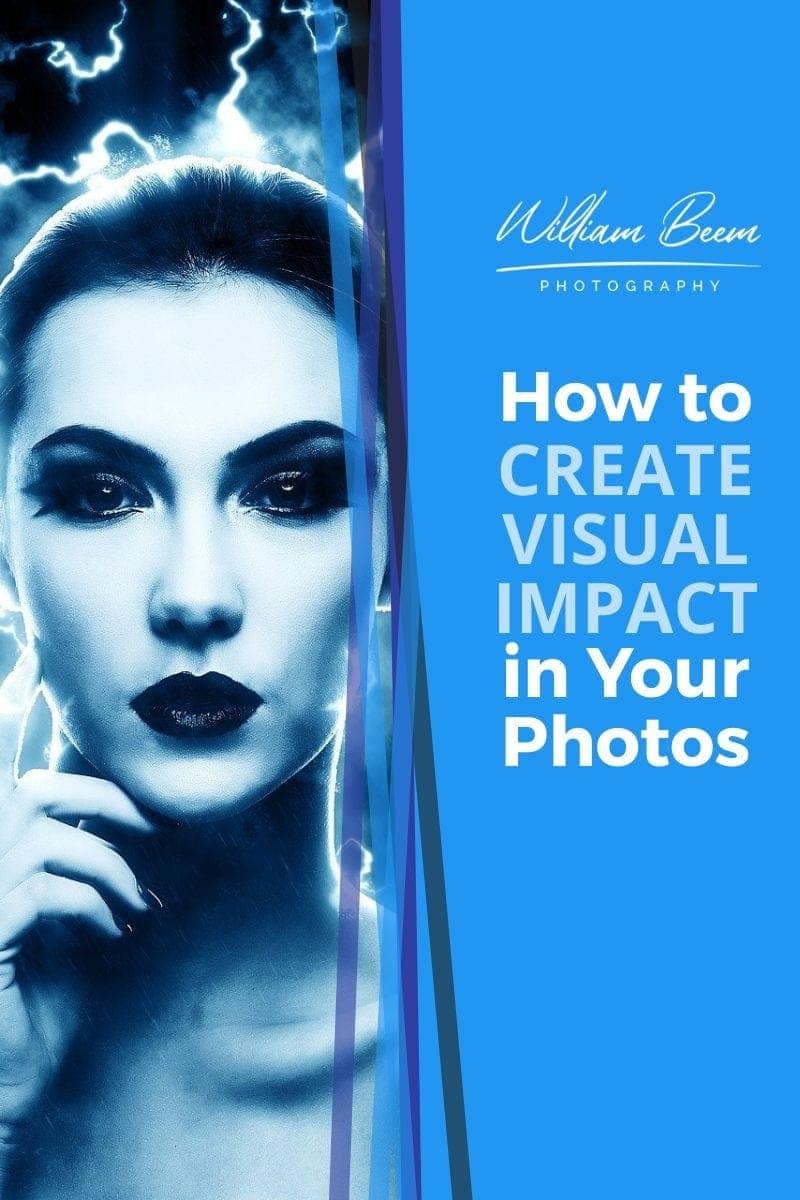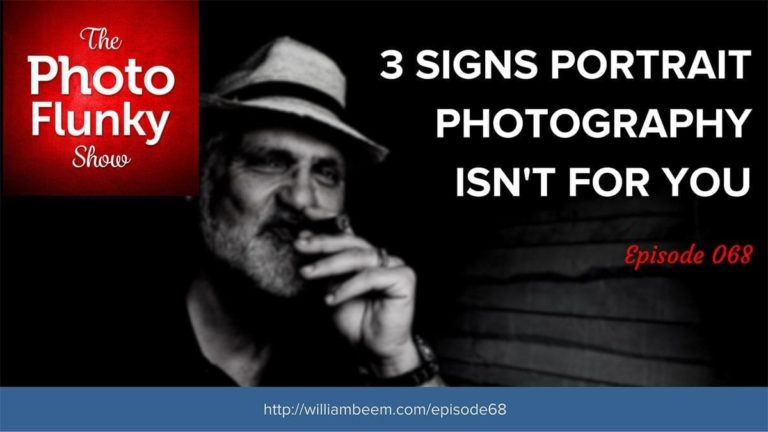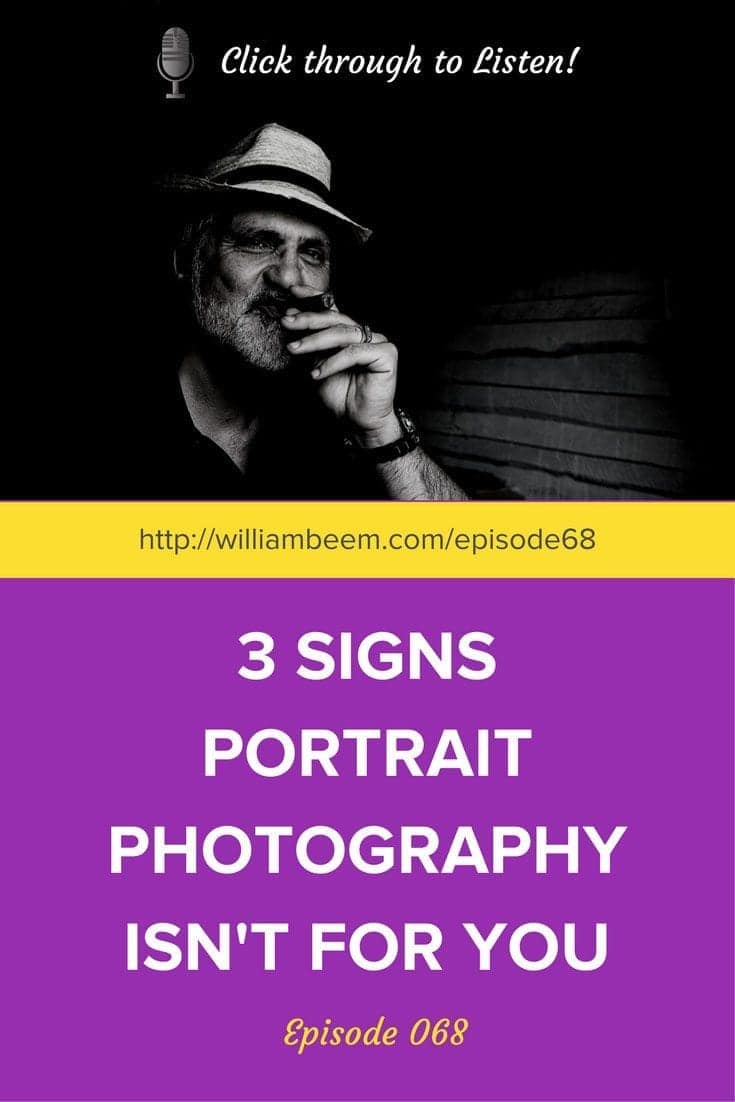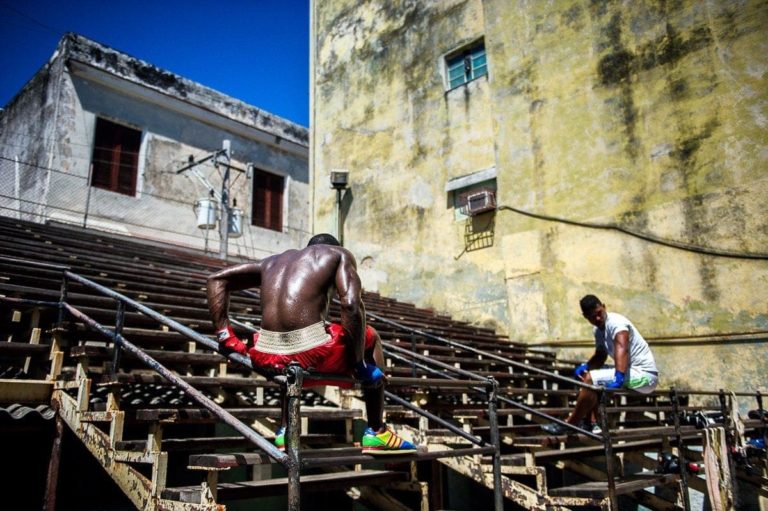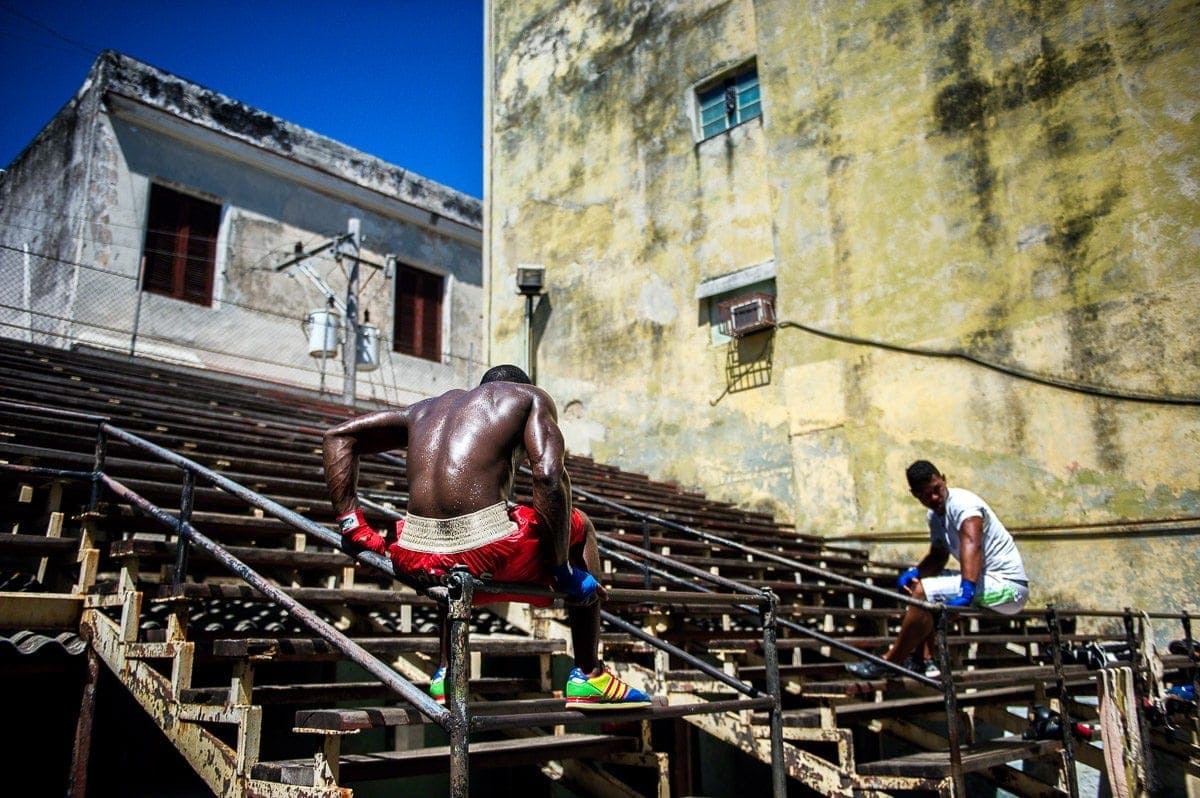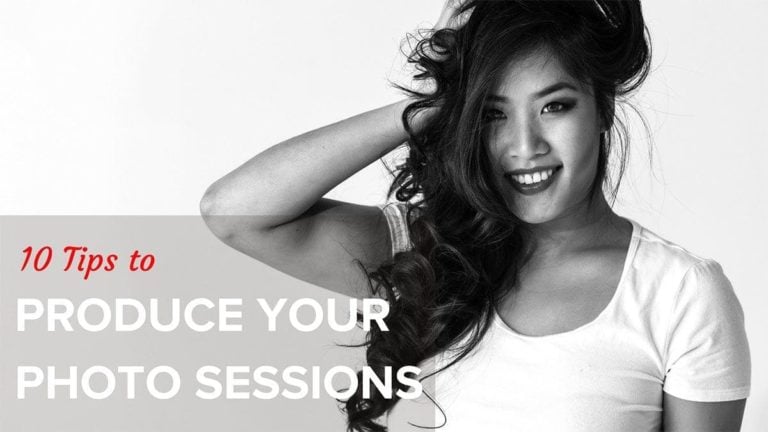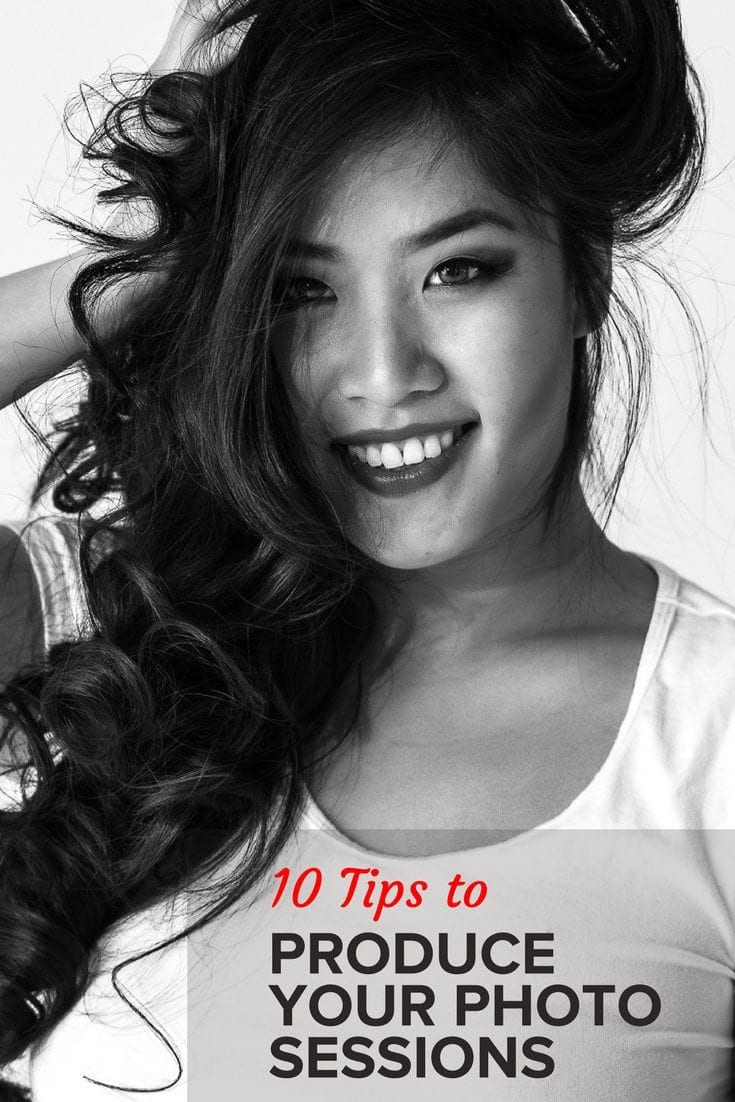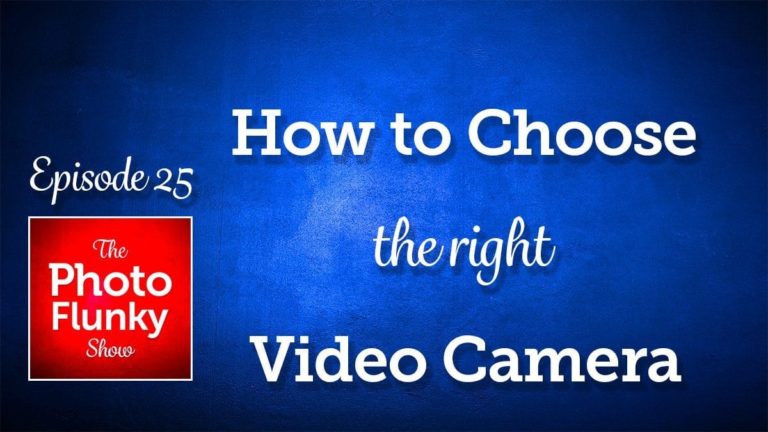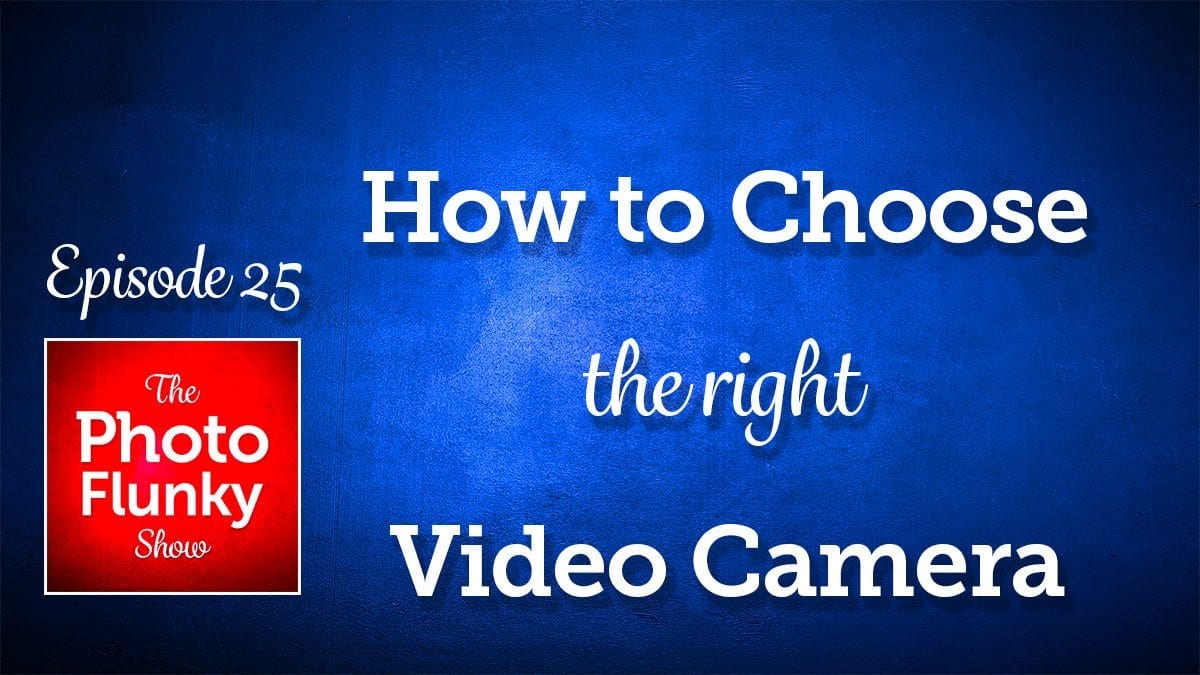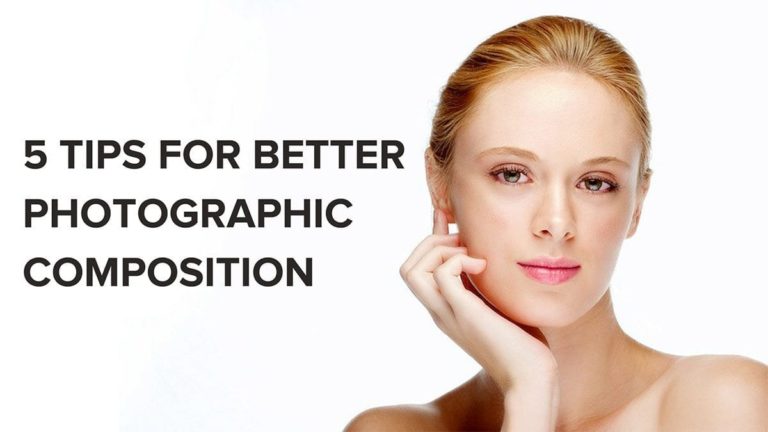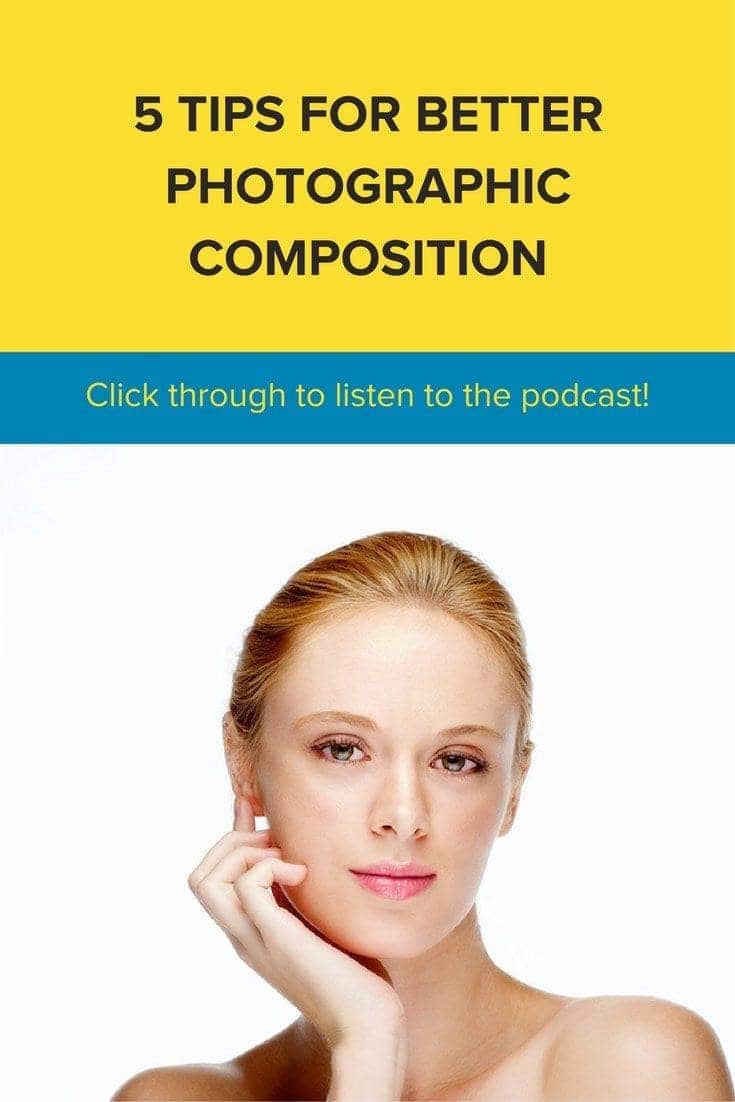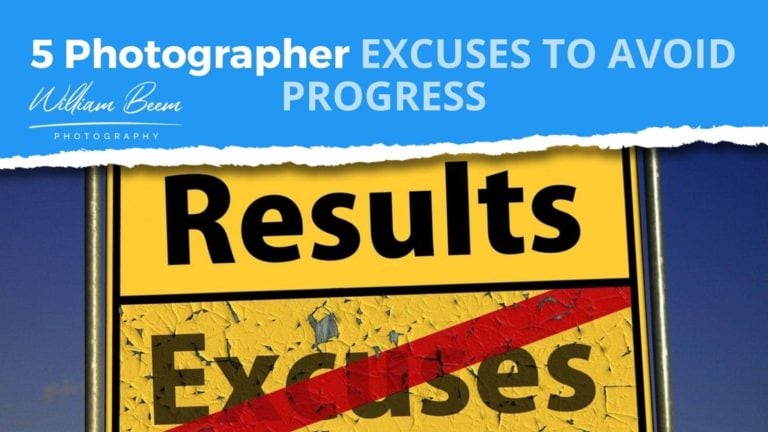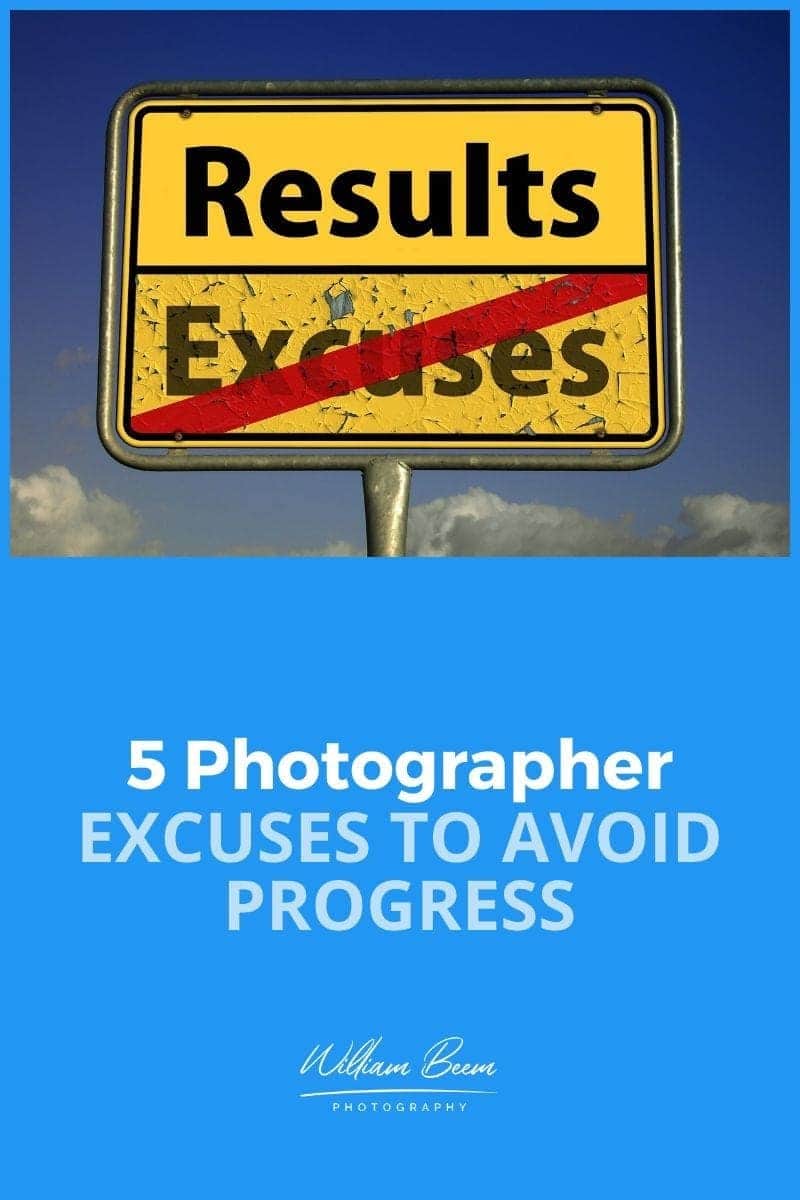Affiliate Disclosure: We earn a commission if you purchase through one of our links at no additional cost to you.
You want to create impact in your photos so they will stand out in a crowded field of other photos, and top your audience in their tracks.
In this episode, we share what visual impact means. Then we go on to discuss three ways you can create visual impact in your photography so it evokes an emotion and gives the viewer a reason to stop, pause and think about the photo you created.
The world is full of technically correct photos with no interesting qualities. Photography is an art. Put a little bit of yourself into your photos to create engagement with the people who view your photos. Make them feel something so they engage with your photography.
Create Visual Impact to Engage Your Audience
Why do we create photos?
For some people, it’s a creative endeavor. We’re driven to make something. What happens next?
I suppose there are some who take photos and keep them to themselves, never showing their creative work to anyone else. The rest of us want to share our creative work. When you share something, you want to get a response.
That’s engagement.
It doesn’t matter if that engagement is a sale or just a Like on social media, we crave a response for our creativity. We want an acknowledgment of who we are and what we create.
That’s why visual impact is important. Not only does it say something about us, but our creative work has the potential to impact someone else. Maybe brighten their day, inform them of something, or move them to action.
Time Stamps
Okay. So I'm flipping through Instagram. I'm looking at pictures and I'm scrolling and I'm scrolling. And I'm wondering why is it that I stop at one photograph and scroll past so many others? And the answer comes to me, really. This one has visual impact. And that's what we're going to talk about today on I Like Your Picture. I'm William Beem. Welcome to,
I Like Your Picture. The show that helps you improve your photography with visual storytelling. What is visual storytelling. It's a method of approaching your photography with a knowledge of who you're trying to serve with your photos and what emotion you want to make them feel. We encourage you to concentrate on your subject, light and background to create a photo your audience loves.
I'm glad you found us. Hi, my name is William Beem. Hey, today on I Like Your Picture, we want to talk about visual impact. I mean, first off, we're going to describe what we mean when we say visual impact. We're going to talk about obviously how to create visual impact and also kind of the notion that not all visual impact is equal.
We're going to go ahead and get back into that and start off with what does visual impact mean? And the idea really is that when you look at something, it's touching you, it has an impact upon you. It makes you stop the scroll, so to speak. Lee when you're thinking about visual impact, what's coming to mind for you. It's something that grabs the attention of my eyes.
Yes. And that's exactly what we're looking for with visual impact. In other words, it's not just yet another photo. I mean, there are millions of millions of photos out there all the time. I have no idea how many are being uploaded to Instagram and Facebook and other social media platforms, but we're overloaded with visual and sensory input. You need something that really grabs somebody to stand out of the crowd.
And in order to do that, we wanted to talk about some of the ways to create visual impact. There are three things that come to mind for me, and that's kind of emotion, color, and surprise. Lee, did you have any other ideas as far as what creates visual impact or maybe we can get to them as we go through this? Yeah,
I think let's just see how they flow. Cause that's how my mind works. I think, I mean, those really cover the headlines of it. Well, let's start off with emotion. And I've mentioned this many times. I talk about it with visual storytelling, every photo ought to evoke some kind of an emotion. And I think that's probably the best way to grab somebody is make them feel something.
Now not all of these emotions are going to be the same. I mean, we have a range of emotions as people and our photographs should also cover that range of emotion. So you don't have to necessarily try to hit the same emotion every time. Or if you think about emotion on a scale, you don't have to go swing for the fences every time.
Sometimes, sometimes the subtle emotion is just as rewarding to the person who's viewing it as the very strong emotion. I think if you're looking at photos and every single one of them kind of slaps you over the head with impact, that's nice, but it's got a shorter span that it can endure that, you know, you can take so much of something. I think you get exhausted from something.
If it's drawing a lot out of you emotionally, then you're going to have a shorter tolerance for looking at things, fatigue in a sense it is. And that's one of the things we're going to talk about. Why not all visual impact is equal, but I kinda want to go through these ways to create visual impact before we get to that. But when we talk about emotion,
it's not always the first emotions that come to mind. Sometimes emotions are subtle. Sometimes they're not happy. Sometimes they're happy. And those are the kind of opposite ends that we normally talk about. But there are other emotions. I mean, sometimes I think almost of hunger as an emotion. If I look at... Well, it can make you grumpy or it can make you happy.
Or If you're looking at a still photo of some food, just a really nice presentation, does that make you feel something? If sometimes it makes me feel hungry. It makes me feel like I want that. Desire as an emotion. I think it's really nicely staged. And then well dressed and shot. I look at delicious food photos and think, Oh,
I want to go take some photos. I want to go eat when I see these things, unless it's broccoli. But does it really matter what it makes you want to do? I mean, unless you're actually selling an item like that product in the photo, it works both ways because for both of us, it would make us stop and spend some time looking at it.
So if that's your ultimate goal, you've won no matter what the emotion is. Well that's the idea is it may be a reminder of something. You know, we like looking at photos of Labrador retrievers. Yeah. We have two Labrador retrievers. We don't need to be reminded about Labrador retrievers because they're looking at us all the time. They remind us, they remind us that they're Labrador retrievers and that we're responsible for feeding them.
But yet we still actively look at photos or even videos of Labrador retrievers. Why is that? Cause we like them. Labs make us happy. Yeah. Yeah. They're cute. And my golden retriever outside, she makes me happy too. She's not the brightest bulb on the planet, but you know what? She's sweet, she's loving. And those are emotions that come to my mind when I think about either Labrador or Golden retrievers and other dogs as well to us.
Like we, we definitely liked dogs, but our preference obviously is for retrievers because those, the breeds that we've adopted and take care of them. Yeah. The idea is emotion is something that you can relate to. The emotion in a photograph that attracts some people may not attract other people. We know that there is a lady on the other side of the block in our neighborhood.
We shall not speak her name because we don't like her. She hates animals. She completely hates animals. And we love animals. Yeah. The photos that we like are going to mean nothing to her. And I think when you're looking at emotion and your subjects, you know, that are gonna draw those emotions, you also need to think about your audience.
If you're taking photographs of Labrador retrievers, we'll be part of your audience. What we'd love to take a look at them. The lady name shall not be mentioned. She has no interest at all. So it's not just a fact that it's emotional. It's like who has the emotion and you can't please everybody. So if you're trying to be everything to everyone,
you're really nothing. I think also when you go out, you're aiming for somebody. Oftentimes, and I think quite correctly, you don't think about who is not going to be interested. Just focus on who's interested. When Tové was little posting photos of toddlers and babies. Typically most families or you know, young girls and a lot of people really like kids.
There are some people who just that they're mean people, but they just, they didn't relate to the same way to small children. Maybe they haven't had their own. Maybe they don't want to for whatever reason. So not, everybody's going to love your kids. Not everyone's going to love your choice of dog. Not everybody's going to love your photos.
Don't worry about them. You post them to share with the people who share your sense of enjoyment or shock or whatever the emotion is. Whatever's motivated you to take that photo. And I think that's really what we're talking about here. If you want to create visual impact with emotion, share something that creates an emotion in you, and then you'll help develop your audience that enjoys what you're sharing. Alright, the next item on our list was color.
And the reason this came to mind to me is because I just did a video on color grading. And it occurred to me that if you wait until after you've taken the photo to think about color in your photo, it's too late. Yeah. Bright colors, muted colors, cool colors, warm colors. Think about all the different places that you've been or people that you've seen.
And if the colors work with them, it really does kind of have a visual impact on you. If I'm thinking about going to the Caribbean, there's a color palette that works there that would not work in the desert. Yeah, that's true. So it goes back to the idea that, you know, you're going to have photos for a specific audience,
but the colors that go in with those photos can make or break the visual impact you have. Yeah. When I think about portraits, you know what somebody wears and the colors that they have makes a difference. If they just show up with any random thing thrown together, it's not really that interesting because we see that all the time on city streets and sidewalks and the places that we go.
If you see someone who's got a standout color, how would, I guess when in their, in their clothing, their attire, the way they're bringing themselves together, it makes an impact if they stand out from everybody else. One of the things that comes to mind for me are advertisements. If I look at particularly the higher end brands, they are looking at every little detail that goes into their photograph. And clearly they're color grading,
their photographs, you know, afterwards. But before they get on the set, before they shoot anything, whether it's on location or on a set, they're looking at all the colors. And then just trying to think, what does this make me feel? When clothing designers are coming up with their fall catalog, their winter catalog, spring and summer, they have a color palette in mind and they're trying to put everything together
so it works and stands together. And then after they've done that, then they're also color grading the photos to enhance what's already there. I think if you really want to have visual impact, you need a design almost a color palette that you're going to work with. And trying to change the color in post-processing is possible, but it's a lot easier if you want to have a subject with orange shorts
and drinking an orange soda, then you buy orange shorts and an orange soda. Well, I mean, you're laughing, but you know what I mean? It's a lot easier to produce things in advance than it is to try and fix them in the photo later on. That's our thoughts on color. And the last one I had was surprise. That'll stop me.
If something surprises me, I wasn't expecting it. That kind of has visual impact on me. And when I'm talking about surprise, I'm talking about something that was unexpected. Not necessarily that the photo is going to jump up and say, boo, but I'm talking about something that you see in the photo that you didn't anticipate you didn't expect, and it grabs your attention.
One of the examples I think of surprise is contradiction. So for an example, if you have somebody who is like a fish out of water, they're doing something or in some place where they don't belong, that's kind of surprise. And the horrible notion in my head right now is an overweight man with a mustache in a ballerina and Tutu outfit. And I'm thinking it's like,
all right, that's surprising. And it's got visual impact because you don't expect to see someone who should be hauling a six pack of beer standing, you know, in a pink Tutu, but it doesn't fit. It doesn't fit. And I'm not saying that you need to go off and create photos that don't fit. But if that's your sense of whimsy or humor,
maybe it's an idea worth trying. But the idea of surprise is to show your viewers something they didn't expect. And it doesn't have to be comical. So for example, I remember the first time I saw some undersea photos and you saw what was down underwater. And I thought I had no idea what was going on there. It was, it's busy,
it's alive. It was colorful. People dropped ships under water and all sorts of things. Yeah. Submarines and all sorts of stuff is under the sea. I think that's why, you know, Apple with our Apple TV, they have these little screensavers that come on and it was called Ariel because everything seemed to be like an overhead view then last year or so,
they came out with some underwater images, you know, videos. And I'm looking at this and you're kind of going through a sea of kelp and looking at the fish that around there, you've got some that are looking at whales. Some have sharks. They intrigued me simply because it was showing me something, I wasn't familiar with an environment that I've never been.
And I found things I didn't expect. The same thing happens when your photographs, if you're showing something that people have never experienced before, that also is a sense of surprise. Or maybe just an inside peek. Like you say of something people don't usually get to see the exclusive access somewhere. It's not quite surprise, but it is perhaps seasonal stuff. So for example,
we're recording this in August. I don't know what's coming up in fall, particularly in 2020, because of nothing has been what it's supposed to be. But I know that there's going to be fall color photos. I mean, in some places you only get about two weeks to get this beautiful burst of color in the trees. Maybe it's the cherry blossoms in Washington,
DC. They're seasonal things that are only there for a couple of weeks and that kind of grabs your attention because it's out of the ordinary and it doesn't last long. You know, it's going to come around next year, but you always want to look at it every year. Same thing with our Christmas tree. We have the tree up every year. We might change the decorations here or there.
There's a sense of familiarity. And there's also a sense of surprise of what we've done different. And the idea that it's seasonal is something that grabs our attention pretty much only at certain times of the year. It's like, we're anticipating something. So even though it's a surprise, we're anticipating something that's a change or a difference as well. Yes. Right?
The last thing I wanted to bring up was that visual impact has a range of impact. They give us a scale from zero to 100. And as we talked about before, you don't want to hit everybody upside the head at 100 all the time. When you're watching a movie, if it is a hundred percent action for two hours, you can't take it.
You need to have highs and lows. I think your photographs should do the same thing. Particularly if you look at them as a gallery or a series of work. You need to have a range of visual impact within your photographs. I agree if you have look without valleys, there's no peaks without the peaks. There's no valleys. That's kinda like life ups and downs so that you could enjoy or stress on whichever wins are.
And you're kind of creating a sense of contrast between the highest and the lows, the different ranges of emotions. I am a big fan of contrast. I don't care if it's tonal contrast or color contrast or in this case, emotional contrast, but I think that's what you need to look for is if you want to have visual impact, have a change in the visual impact,
the emotion, the color, and the surprise that are within your photographs. And I think that'll have a nice impact on your viewers. Hey, thank you so much for joining us on I Like Your Picture. This is episode 231. So show notes. will be available williambeem.com/episode231. Also, we would invite you to check out my YouTube page,
go to Williambeem.com/youtube. I've gotten active over there over the past few days. I'm working on a series of tutorials for Luminar 4. I think you might enjoy this, check it out and see if the tool is for you or, or not. And if you already have Luminar 4, maybe you'll learn stuff that you didn't know about it. Thanks so much.
We'll see you again next week.
Related Links


